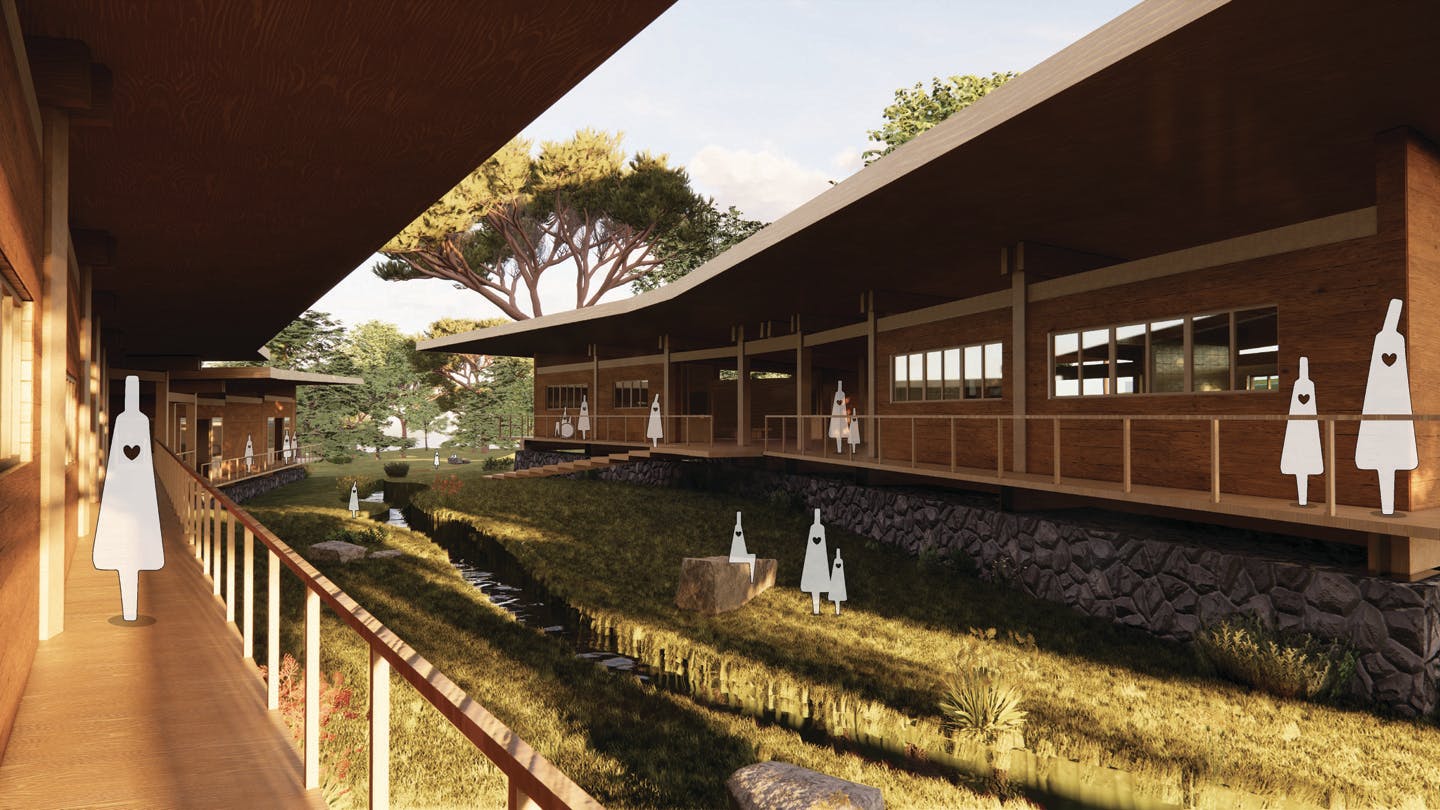What Makes A Sentence Concrete

The Ahupua’a Restoration Center synthesizes Indigenous culture with climate and water conditions. The Indigenous people want to pass down and share their knowledge to restore traditional land management and philosophy. Their way of life allows them to live with water and embodies a sacred symbiotic relationship with the land.
The island of Hilo, Hawaii, is extremely moist because of trade winds and topography. It experiences daily rains that feed the various rivers and streams of the watershed, which then supply coastal fishponds. Colonial agricultural monoculture depleted the land of nutrients and introduced invasive species that severely disrupted island ecosystems and the water cycle.
Ahupua'a is the Hawaiian term for a socioeconomic, geological, and climatic subdivision of land. It captures the relationship between land and water, starting with the gods at the top that feed the water all the way down the mountain to the fish ponds. A restoration of the Ahupua'a would allow for healthy groundwater recharge, surface water management, and sustainable farming practices. Planting taro aids in slowing down and filtering gravity-driven water due to its location in the Ahupua'a system. Reintegration of this plant allows for the restoration of the island's native ecology and water cycle.
The design, a climate-resistant and embodied-carbon new building typology, merges traditional building techniques with modern mass timber construction. The buildings are built mainly of local invasive plants (eucalyptus trees, bamboo, and fountain grass), using dry stack rock foundation and post-and-lintel construction whenever possible. Clearing invasive species allows for the planting of endemic trees and plants, which further restore ecology, slow down water flow, and allow for traditional land management.